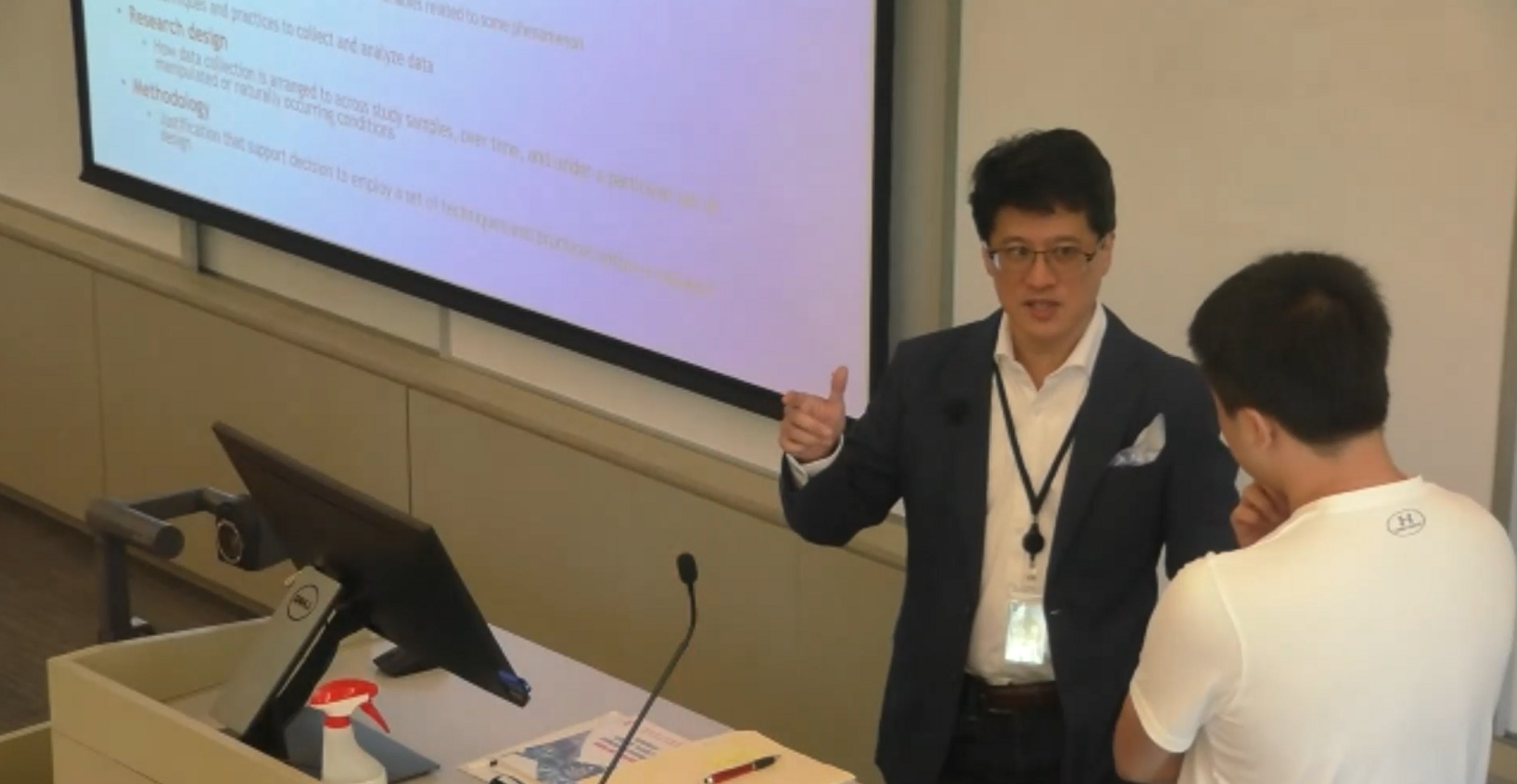Situation for consultant #1:
- Client needs help in determining business strategy and writing business plan for its Board
- Consultant follows traditional MBA frameworks by performing 3Cs (Customer, Competition, Company), Porter’s Five Forces and competitive advantage, etc. to research and analyze the best way for client to move forward
- Consultant uses structured frameworks for outlining and documenting the tactics and logistics for pursuing the business (e.g., marketing 4Ps, traditional business plan outlines)
- Consultant prepares full financial proformas (balance sheet, income statement, cash flow statement, and notes)
- Consultant writes business plan to spec
- Consultant delivers written business plan to client
- Consultant invoices $40,000
- Client ends up being lukewarm about the deliverable.
Situation for consultant #2 (differences in bold):
- Client needs help in determining business strategy and writing business plan for its Board
- Consultant sets up engagement timeframe and governance structure with consulting team and client leads, extended resources for all key workstreams, and steering/approval committee
- Consultant follows traditional MBA frameworks by performing 3Cs (Customer, Competition, Company), Porter’s Five Forces and competitive advantage, etc. to research and analyze the best way for client to move forward
- Consultant sets up workshops and strategy sessions with the executive team, key functional managers, etc.
- Consultant uses structured frameworks for outlining and documenting the tactics and logistics for pursuing the business (e.g., marketing 4Ps, traditional business plan outlines)
- Consultant sets up regular review meetings and working sessions with client to review best practices, evaluate options, and refine and revise strategy
- Consultant prepares full financial proformas (balance sheet, income statement, cash flow statement, and notes)
- Consultant sets up working sessions to familiarize client with models, align financials with chart of accounts for client, get client input, and educate client about industry benchmarks
- Consultant writes business plan to spec
- Consultant involves client with interim drafts and presentations and gets organizational buy-in
- Consultant delivers written business plan to client (largely same as before)
- Consultant invoices $250,000
- Client is very happy and ends up getting multimillion dollar business moving forward through Board and project launched.
Vanilla business plan $40,000. Client buy-in … priceless.
